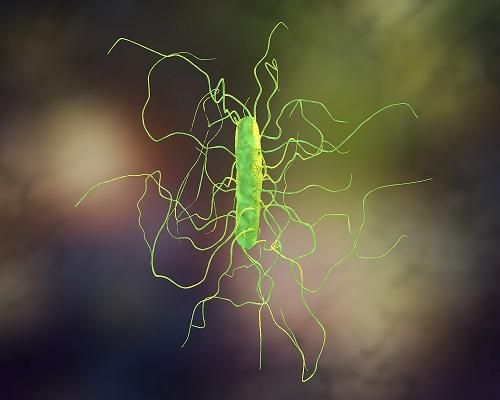Studies for Two Formulations of a C.Diff Vaccine are Discontinued, But a Third Formulation Shows Promise
Investigators reported that 2 formulations of their C.diff vaccine produced injection site reaction that forced stoppage of the studies.

Two new formulations of a Clostridioides difficile (C.diff) vaccine candidate showed meaningful immunogenicity in randomized studies, but had to be stopped due to injection-site reactions.
However, a different formulation, which was found to be safe and effective, is progressing to phase 3 research.
Those are the findings of new data reported at IDWeek 2020, which was presented as a virtual conference last month. The results come from Pfizer Inc., which has been working on a C. diff vaccine for a number of years.
C.diff has been classified by the Centers for Disease Control and Prevention (CDC) as an urgent public health threat. A particular threat to older adults, it is the most common cause of antibiotic-associated diarrhea in hospital settings. There is currently no vaccine available to prevent the infection.
Chris Webber, MD, senior director, vaccines clinical research and development at Pfizer, said the hope is to protect the most vulnerable population from primary C.diff infections (CDI).Pfizer is the manufacturer of the vaccine formulations.
“The vaccine is being targeted at those who are 50 years and older, as there is a higher burden of disease in this age group, so the proposed recommendation would be an age based rather than a risk based recommendation,” he told Contagion. “The aim is prevention of first episodes of CDI.”
According to the CDC, 15,000 people die each year in the United States as a direct result of C.diff infection.
Hoping to change that, investigators from Pfizer arranged a study of 2 formulations of investigational bivalent C.diff vaccine: QS-21 adjuvanted toxoid and a toxoid-alone formulation.
The QS-21 study, a phase 1 study, involved giving randomized subjects 100 μg doses of QS-21-containing vaccine or placebo on 2 different schedules. The patients were randomized on a 3:1 vaccine-to-placebo ratio. Doses were given either at months 0, 1, and 3 or at days 1, 8, and 30.
The toxoid-alone study was a phase 2 trial in which subjects were randomly assigned on a 3:3:1 basis to receive either 100 μg doses of unadjuvanted vaccine, 200 μg doses of unadjuvanted vaccine, or placebo in the first 2 stages, followed by a third stage in which they were given vaccine or placebo on a 3:1 ratio. Doses were given on days 1, 8 and 30.
Each study randomized 184 patients. Though safety was the primary outcome, immunogenicity was determined using serum toxin A- and B-specific neutralizing antibodies.
Both formulations demonstrated immunogenicity, with geometric mean concentrations increasing and remaining elevated throughout the follow-up period.
However, both studies had to be stopped early. In the day regimen, 10 patients (from across both studies) reported grade-3 injection-site redness following the second dose, which prompted investigators to stop the study according to predefined rules. Injection-site reactions were more prominent in those receiving the vaccine compared to those receiving placebo, though pain was generally mild in severity.
Systemic events were less common and tended to be mild or moderate in severity. Overall, 50-75% of subjects in the QS-21 study reported adverse events (AEs), compared to 16.7-50% in the toxoid-alone study.
Since the two studies had to be stopped early, the authors said neither will progress to later-stage development at this point. However, they said a different formulation, one containing aluminum hydroxide, has been shown to be safe and effective when administered at 0, 1, and 6 months in phase 1 and 2 studies.
“Some of these formulations resulted in unacceptable AEs and hence the development of those formulations was stopped,” Webber explained. “The formulation that provided both an acceptable safety profile and immunological response, was the aluminum hydroxide formulation which was carried through into our phase 3 development program.”
Webber said it’s not possible to provide a timeline for that phase 3 study, since its design is based on case accrual.
